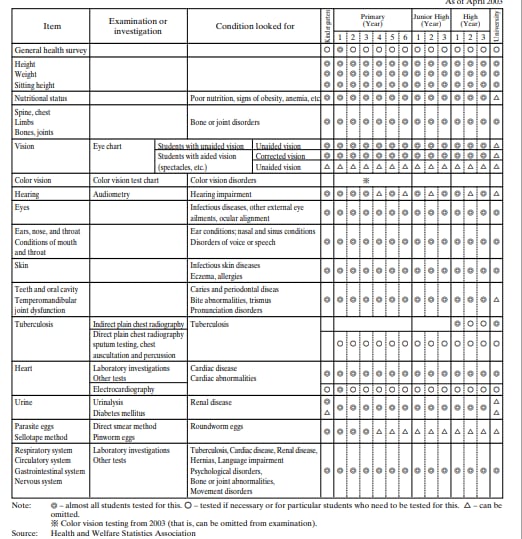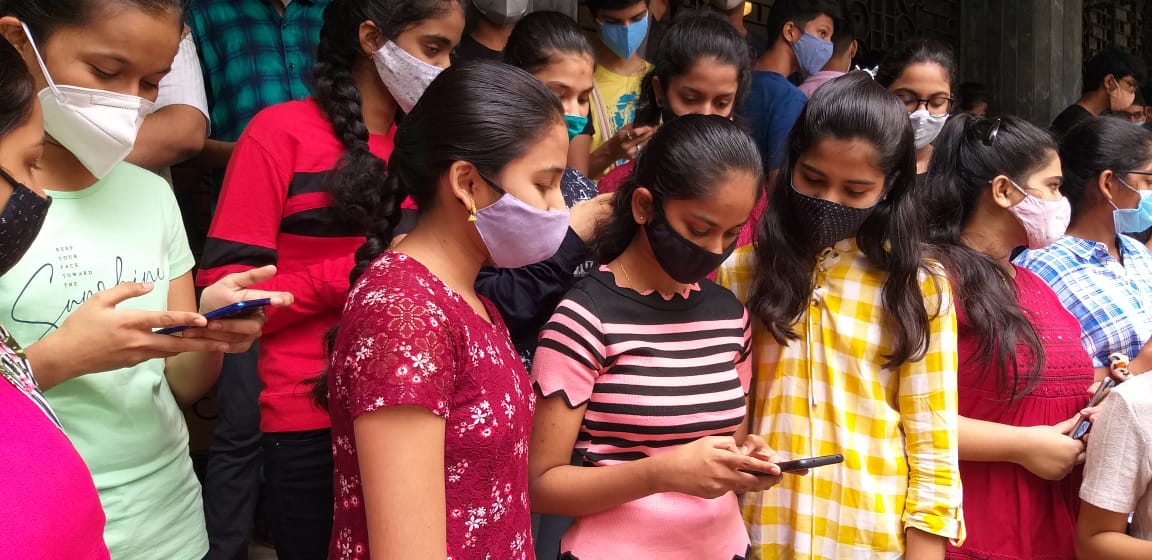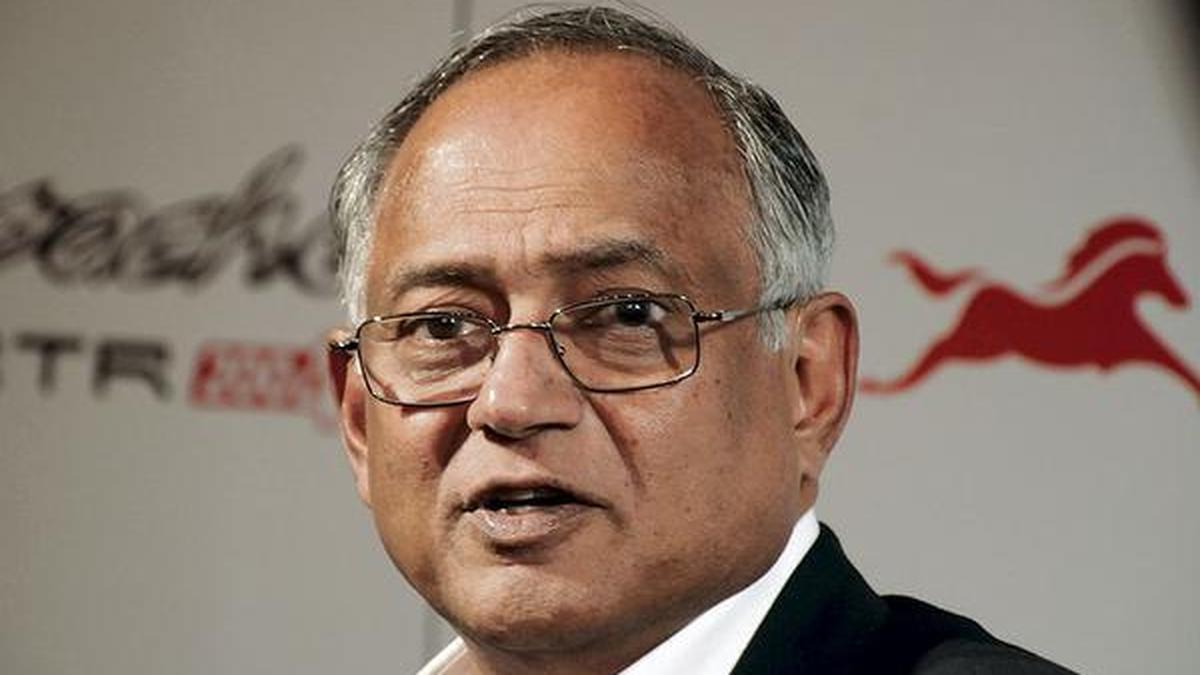Alarming health concerns among school-going students, particularly the rise in obesity, have prompted India’s two national education boards to roll out targeted initiatives. The Central Board of Secondary Education (CBSE) and the Council for the Indian School Certificate Examinations (CISCE) have recently launched separate programmes/ boards aimed at promoting physical activity and nutrition as essential pillars of a child’s overall well-being.
Through steps like the sugar board, oil board and Active CISCE, these national education boards seek to transform school campuses into centres for fitness, encouraging students towards a healthier, more balanced life while supporting their academic growth.
India’s sugar & oil boards, Active CISCE– first conscious step
While Indian schools and their curricula have already introduced the topics of physical fitness, health, and nutrition, however, initiatives like the sugar and oil boards are considered a first conscious step by both CBSE and CISCE-affiliated schools. Even before the notice, many schools in the country had a no-junk food policy with regular physical fitness activities. In its directive, CBSE has asked the schools to visually display such boards, use health messaging, and promote healthy eating and physical activity.
Speaking with indianexpress.com, Sameer Arora, the principal of Shiv Nadar Public School, a CBSE school based in Gurugram, said, “We have partnered with a nutrition company and enlisted parent volunteers to assist us in designing the school’s food menu. For instance, in our cafeteria, students get a burger, but the bun is made of wheat, and instead of potatoes, we stuff it with soya and other vegetables.”
The school, in its menu, add traditional Indian drinks that use jaggery instead of sugar. Arora said that it’s a dichotomy in India that our young population in future might be plagued with health issues, if they are not addressed at the right time. He claims that the change has to be driven by three primary forces: home, school and society.
Suchita Malakar, principal of WITTY International School, a Mumbai-based CISCE-affiliated school, who is also a mother of two boys, told us that it was a much-needed step by the Boards. “In my school, I have witnessed many juveniles facing issues of obesity and diabetes. We received an email from one of the parents to display sugar boards in our school campuses, which we did. Before its implementation, we had a meeting with cafeteria staff, teachers, students and parents to know their points of view,” she said, adding that the school has banned canned items and they have mutually decided to have one fresh fruit juice every day. When asked whether India is late compared to other countries, Malakar agreed.
 To increase participation, the school has started sessions, workshops, and slogan competitions to spread awareness about food labels. (Image: WITTY International School)
To increase participation, the school has started sessions, workshops, and slogan competitions to spread awareness about food labels. (Image: WITTY International School)
CISCE, which conducts ICSE and ISC exams annually, has developed a portal named ACTIVE CISCE to monitor school students’ fitness. The fitness data of the students from Classes 1 to 12 will be monitored. It is the first time in India that all students of the CISCE will receive personalised fitness report cards and fitness indexes based on their age group and gender.
Story continues below this ad
Dr Jaya Parekh, principal of the Delhi Public School, Hinjawadi, claimed that both students and parents were excited to participate in such activities. As stated by the principal, she got good responses from students, which has encouraged the school authorities to introduce more health education-related activities.
 For the same, DPS introduced ‘Samruja,’ where experts are roped in to discuss health, fitness, nutrition and overall well-being of students. (Image: Delhi Public School, Hinjawadi)
For the same, DPS introduced ‘Samruja,’ where experts are roped in to discuss health, fitness, nutrition and overall well-being of students. (Image: Delhi Public School, Hinjawadi)
“CBSE has asked us to share photographs of the activities along with apprising them about meetings, conferences held by the school to spread awareness,” Parekh said.
At The Oxford Senior Secondary School in South Bengaluru, the management has pinned posters on bulletin boards raising awareness against diabetes and high sugar content food items. “We implemented the sugar board in June, wherein we have put up posters containing infographics which create awareness on avoiding food with high sugar content, eventually leading to diabetes. We have warned against eating excessive chocolates, sweets and other items, which could potentially lead to high sugar levels. Additionally, the posters are also placed inside classrooms to ensure the message reaches every student,” a teacher from the school said.
 A sugar board from The Oxford Senior Secondary School in South Bengaluru. (Image: Sanath Prasad)
A sugar board from The Oxford Senior Secondary School in South Bengaluru. (Image: Sanath Prasad)
Manju Sharma, principal, Delhi Public School, Mysore, said, “We have put up the (sugar and oil) boards across the school with posters detailing the sugar level in various food items. For middle school, the teacher talks to students in the first period about their food intake and keeps a tab on their carb and sugar content levels. For high school, we have conducted a survey wherein students have submitted their nutritional intake, based on which we will advise and create awareness accordingly. Moreover, we also have a wellness club in school, which will now be preparing a detailed presentation to explain the effects of consuming high sugar and oil content food.”
Story continues below this ad
 “We are also directing students to carefully read the ingredients on packaged food items before consuming them,” said the school principal. (Image: Sanath Prasad from Delhi Public School, Mysore)
“We are also directing students to carefully read the ingredients on packaged food items before consuming them,” said the school principal. (Image: Sanath Prasad from Delhi Public School, Mysore)
Additionally, the school is specifically focusing on creating awareness against hidden sugar food items, like biscuits, sugar-free ice cream, among others.
Behavioural change: the need of the hour
Besides physical fitness, teachers and parents are equally concerned about the attitude of the kids when asked to choose between a fruit juice or a carbonated beverage, especially when they are out of sight.
Suchita Malakar claimed that she used to find loads of canned juices hidden behind the pillow or under the bed in her home. She said, “Due to cheap rates of junk foods and easy accessibility, things have become harder for parents. During our time, dining out or eating junk foods were done once or twice a month, and therefore, we didn’t face multiple issues that this generation is facing.”
Another parent, Aarti Srivastava, a businesswoman, said, high academic pressure and competition promote a sedentary lifestyle. “The thing which school has to work on is its sedentary structure of a typical day — long hours of sitting, minimal movement breaks contribute to fatigue, poor posture of students, and a lack of physical stimulation. Many urban schools also lack playground space, which limits outdoor activity. Additionally, unhealthy food options in school canteens are always available to the kids,” said Srivastava.
Story continues below this ad
 Here’s what Assam and Karnataka are doing (Background image: Sora)
Here’s what Assam and Karnataka are doing (Background image: Sora)
Another parent, who requested anonymity, recalled how her daughter in Class 2 would often ask for money to buy chocolates from the school canteen. “The canteen was right next to her classroom, and she saw her classmates buying chocolates and chips every day. She’d come home insisting I give her money for those junk foods, but I refused. I even raised the issue with her class teacher, but nothing changed,” she said.
Aprajita Gautam, President of Delhi Parents Association (DPA) and Sukhpal Singh, founder of the NCR Parents Association, agreed that steps are good, but ground reality and inspection of the schools can do more wonders than just displaying boards in the school campuses. “Long-term impact and behavioural change can only be created by spreading the words through school, social media, family and initiatives of the government in this direction,” said Singh.
 Here’s what Bihar is doing (Background image: Sora)
Here’s what Bihar is doing (Background image: Sora)
Gautam argued that in schools, important topics such as nutrition, health and menstruation are taught just from the exam perspective rather than with the responsibility of building the future and attitude of the kids. “For the sake of business, some schools set up a canteen where Coke to chocolate, to chips are sold. In the classroom, they teach not to eat junk and unhealthy food, but keep a canteen on the campuses,” she said.
 Here’s what Punjab is doing (Background image: Sora)
Here’s what Punjab is doing (Background image: Sora)
Here’s what other countries are implementing
Before India, countries like the US, UK, Australia, Canada, Japan and others have already taken steps to ensure the complete well-being of their school students. For instance, Japan introduced a school health system in 1872, particularly focusing on cholera and smallpox. It was in 1898 that the school physician system was introduced nationally, under which a school physician was allocated to all public primary schools.
Story continues below this ad
Gradually, these health initiatives were expanded with immunisations, health instructors, till the enactment of the School Health Law in 1958. The country ensured collaboration between schools and the local community to make it a success. Regular and comprehensive health checks have been conducted in Japan.
 This image is taken from Japan’s Experience in Public Health and Medical Systems. This health check was done in April 2003.
This image is taken from Japan’s Experience in Public Health and Medical Systems. This health check was done in April 2003.
On the other hand, Canada, for a comprehensive school health approach, has roped in four elements: Policy, Teaching and learning, partnership and services and social and physical environment. While the United Kingdom has a different health and well-being setup for students, which is based on students’ grade level.
The US supports schools through funding, training, and professional development. As mentioned on the official website of the CDC, they partner with states, school systems, communities, and national partners to prevent students’ chronic disease and promote their health and well-being. The country has adopted the Whole School, Whole Community, Whole Child (WSCC) framework.







